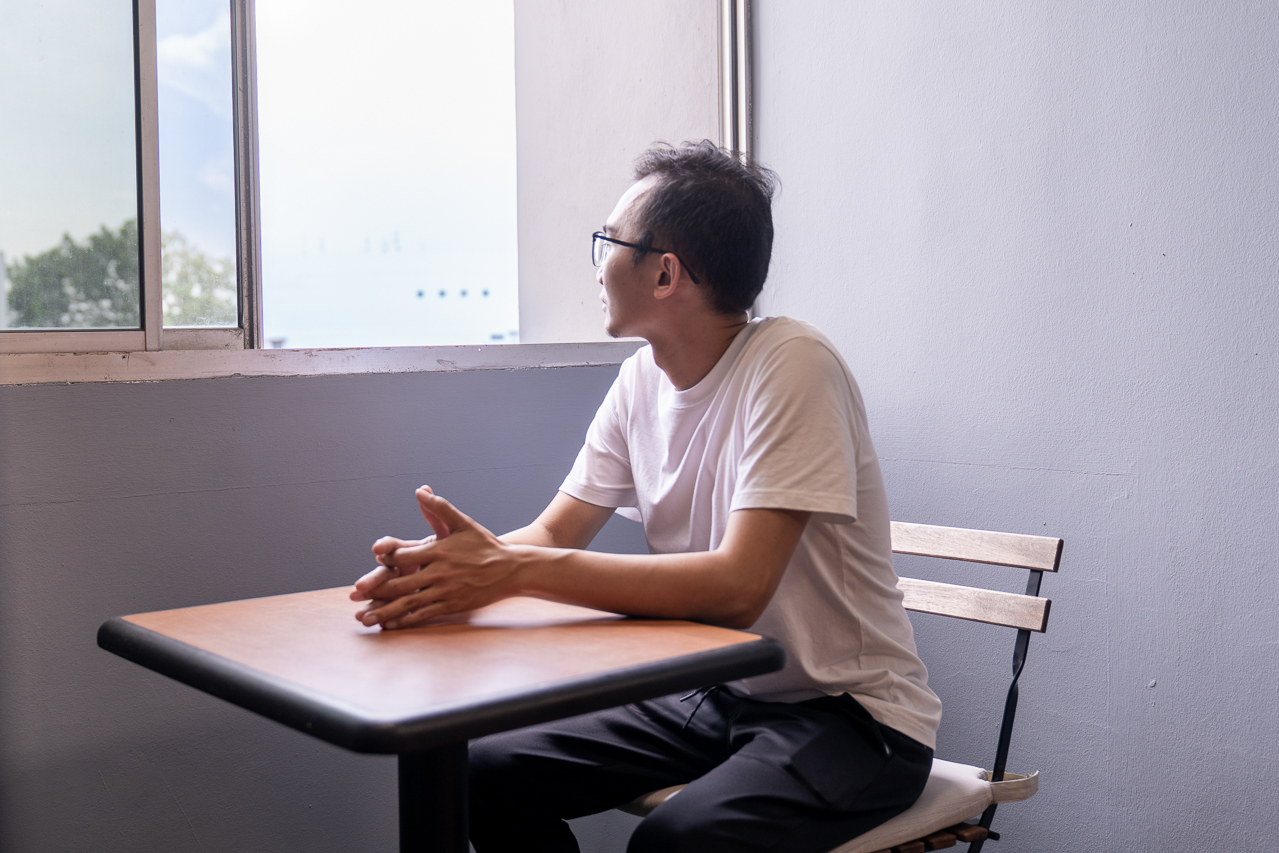All images by Xue Qi Ow Yeong for RICE Media.
“Once I declared bankruptcy, I felt 10 kilograms lighter,” Adams Yap Tan tells me.
For most people, bankruptcy is a private source of shame. For Adams, it’s part of his public persona. The 31-year-old entrepreneur documents his “road to zero”—zero debt, that is—on TikTok.
Whenever he chips away at his debt, he updates his bio. As of May 16, 2025, he still owes his creditors $243,708.01. A pretty respectable progress from his original debt of $520,324.03.
In short video snippets, he shares everything from his meditation rituals to his pre-bankruptcy despair.
“I went through a lot of mental stress during the 18 months [before bankruptcy],” he says, recounting how banks would hound him daily for payments. “But when I finally filed, it felt like I could breathe again.”
In the same way that cataclysmic events usher in new historical eras, Adams’s life can roughly be divided into Before Bankruptcy and After Bankruptcy.
But he doesn’t exactly consider bankruptcy his lowest point. Rather, declaring bankruptcy gave him a fresh slate and a new lease of life.
Now, he’s settled into a pretty constant routine, eking out a living from a patchwork of jobs: sales at a recruitment agency, reselling used furniture, and a handyman training platform he’s setting up with a buddy. From essentially losing money each month, he’s built up his income streams to make about $2,000 to $3,000 a month, a large chunk of which goes toward his debts.
When I meet Adams at his office in a Ubi industrial building, it’s coming up to about five months since he filed for bankruptcy. It’s a space shared with other companies; some of the other tenants look on curiously as my photographer snaps photos of Adams coordinating a furniture delivery. Adams is unfazed by the attention.
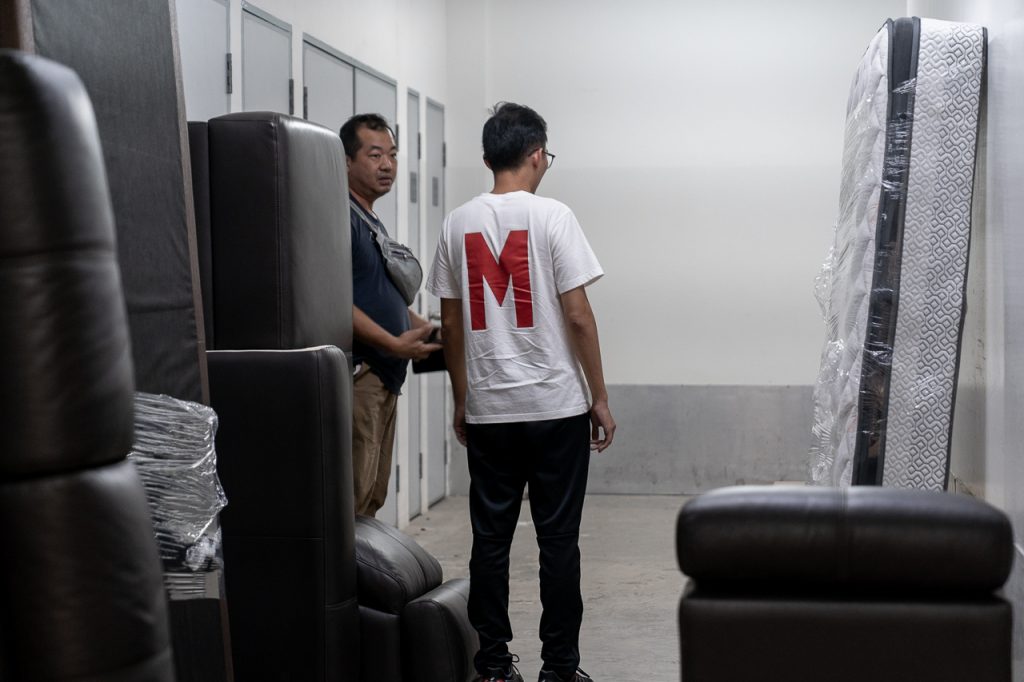
Besides getting his finances in order, he’s also been rebuilding his mental health—he’s picked up tennis, started going on more hikes, and is living with a close friend in Johor Bahru.
In a society that prizes financial success above all else, Adams’s story offers a quieter kind of defiance. It doesn’t gloss over the mistakes that led him here—some of which he admits were his own doing.
But instead of clawing his way back to status or wealth, he’s chosen a slower, less conventional path. Not one to redemption, but a personal attempt at stability, on his own terms.
Bankruptcy Isn’t the End of the World
Adams’s descent into bankruptcy was a gradual one, fueled by his own hubris, he admits candidly.
He’d discovered numerology in his twenties when a Chinese master he’d met accurately predicted his financial issues from his phone number. I ask him to explain how exactly a phone number can reveal one’s fate.
Numerology, he explains, involves categorising the numbers that we use into different forms of energy. Practitioners like him decode these energies to make sense of a person’s trajectory, choices, and even misfortunes.
It sounds like a stretch. But what’s undeniable are the financial ruins he fell into. He’s frank about his past gullibility—falling in with dubious figures in the world of sales, investments, and self-styled coaching empires. The numbers may be open to interpretation, but the fallout wasn’t.
By 2017, he was offering freelance numerology consultations. Two years later, he launched AEM Academies, which offered numerology consultations and also trained other aspiring numerologists. For a time, business soared.
The company shifted online during the pandemic and gained students across Singapore, the US, Japan, Hong Kong, Malaysia, and even Nigeria.
“The first two years were good,” he admits. It was in 2019 that Adams cut ties with the shady ventures he’d once bought into.
“Then I got greedy.”
He took out loans, believing government grants would cover his expansions. When the grants were denied, debts piled up.
By late 2024, the company was drowning in $16,000 of monthly loan payments. Adams stopped drawing a salary and borrowed funds from friends and family to tide the business through. He spiralled into sleepless nights, panic attacks, and suicidal thoughts.
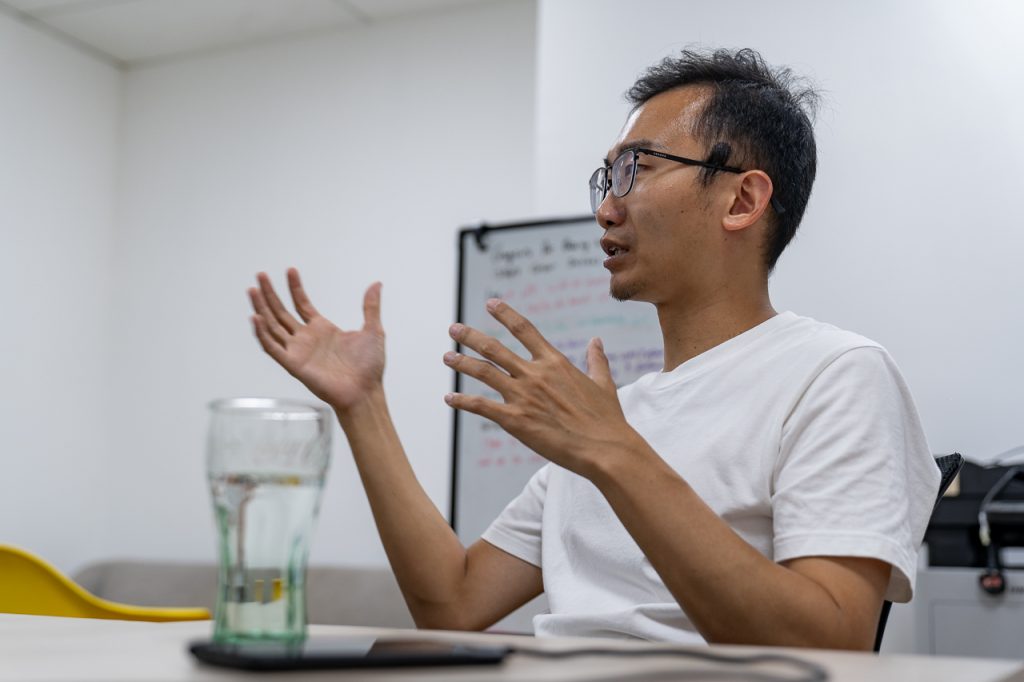
It was a fresh kind of hell, he tells me. Each day, he’d wake up full of ideas to turn the business around. But the daily calls from banks left him an anxious mess.
“They give you two to three days to pay $6,000 when you’ve got nothing, then you start to stress yourself. Whatever plans you had in the morning? All gone.”
It got to the point where he could recognise which bank was calling even without saving their number, he jokes, before turning serious.
“There was a moment I thought, if I just ended my life…” he trails off for a second.
“But I knew that was not the path for me.”
The strains become obvious to his own parents—so much so that when he floated the idea of bankruptcy to his parents, his father supported him without any hesitation. His mother, though, took it a bit harder, but still came around eventually.
For him, bankruptcy came as a reprieve from snowballing debts. It also showed him what was really important in life: the friends and family who stood by him.
His loved ones who lent him money have been incredibly understanding (his tip is to always be honest and transparent with them, even when things aren’t great). Some of his former business partners have even told him to take his time to pay them back, he claims.
But what really blew him away was the kindness from acquaintances and strangers.
When he made the decision to post his first TikTok video to hard-launch his bankruptcy status, he half-expected the algorithm to swallow it. But as the views snowballed, his own acquaintances reached out with offers to help him. Some even offered him jobs.
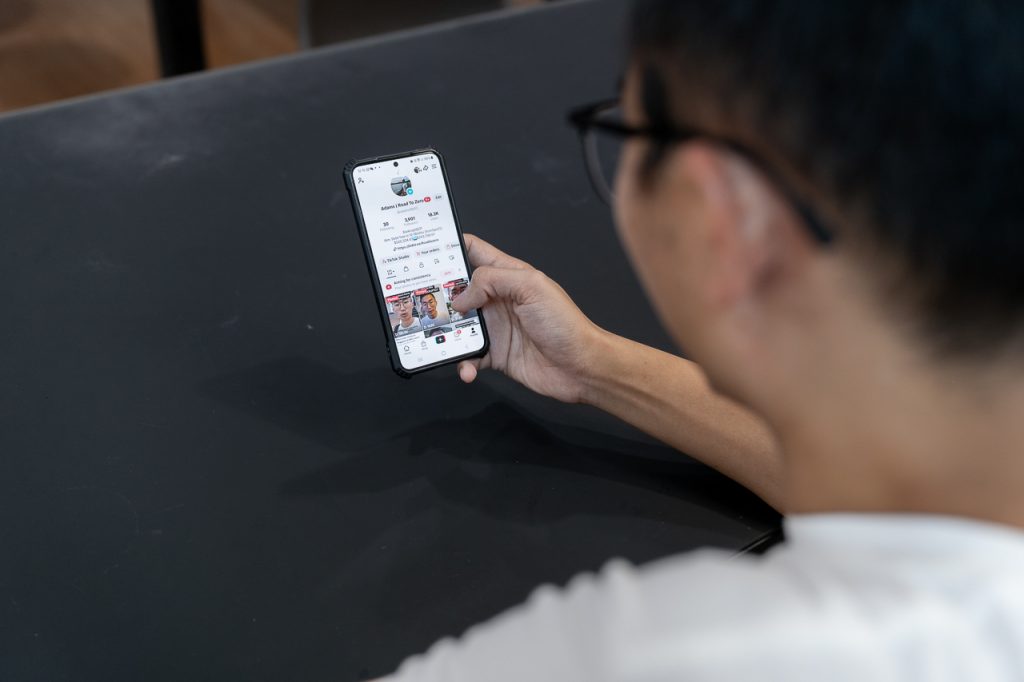
Soon enough, as his videos travelled outside his own circle, he received another pleasant surprise—people began reaching out to share their own stories of financial troubles.
“Some told me, ‘After seeing your videos, I got the courage to go and talk to my debt counsellor.’ That’s when I felt I was right to start this account.”
What Bankruptcy Really Looks Like
As a bankrupt, Adams has to obtain approval from his Official Assignee (OA) before travelling. He also can’t own businesses under the Accounting and Corporate Regulatory Authority (ACRA).
It can also be tough when he sees peers buying their first homes and starting families, he admits. Meanwhile, with his savings wiped out, all that is out of the question for him. Since January, he’s been steadily saving about 45 percent of his income (the rest goes to living costs and debt repayment).
Realistically, it could be years before he accumulates enough for a property down payment. For now, he spends half his week in Johor Bahru, where he rents a room in a landed property for RM800 (S$242.16) a month. It’s another added expense—he could be living rent-free with his parents in Singapore, after all.
The move to Johor was more of a search for clarity than about cost savings, he admits. But he says that even before his bankruptcy, he’d enjoyed spending time in JB, where he feels more at peace.

“Whenever I come back to Singapore and enter the MRT, it’s just so crowded,” he grimaces.
People might assume that someone who’s bankrupt and repaying debts would have to live a life of strict denial. But he says it’s quite the opposite—he enjoys an unexpected sense of freedom.
For example, he recently went to China on a week-long spiritual retreat.
He’s fully aware that his lifestyle right now might not gel with what society expects a bankrupt to look like—miserably grinding away to repay their debts, not spending any money on themselves.
Basic needs are one thing, but luxuries like overseas travel might seem improper for a bankrupt person to indulge in. After all, besides owing money to banks, he also counts his former business partners, as well as his friends and family, among his creditors.
Then there’s also the $140,000 Adams owes to those who once invested with him—fallout from ventures he now admits were deeply misguided. He says he’s committed to repaying every cent, though how and when that will happen remains to be seen.
“I haven’t gotten in touch with them yet,” he confesses. “But I will reach out to them individually once I have enough to pay them back.”
It’s all the more reason why it feels absurd for someone like him to talk about self-care. Commenters on his TikTok videos feel the same way. It’s one thing for him to sound like a motivational coach after losing it all; it’s another to have had a hand—willingly or not—in shady ventures that may have left others out of pocket.
And yet, Adams insists that looking after his long-term wellbeing is the only way he’ll ever be in a position to repay what he owes.
“[Commenters] say things like, ‘Why go to China? You should be using this money to clear the debts.’”
“It’s because my mental health is more important to me.”
It’s simply not realistic to expect every single cent a bankrupt person owns to go towards their debts, Adams stresses.
While making his monthly repayments is his priority, so is setting aside “guilt-free money” to spend on occasional treats. It’s these little things that stop the anxiety of debt from taking over his life, he says.
“If you never touch a single cent of the money you earn in, say, the next five years, all just to pay off your debt, you’re not living life. You’re going through hell.”
It’s also why he’s not looking for a nine-to-five job despite the constant nagging from his audience in the comments section. He puts it this way: Even if he weren’t bankrupt, he wouldn’t be happy working a nine-to-five job. Why should he force himself to now?
“The plan is to clear up the $240,000 that I owe, and at the same time, prepare a foundation to be able to build income sources that will last long after that,” he explains.
“Whatever comments the haters leave, it doesn’t pay my bills. I don’t let people who don’t understand me bother me.”
Building a Community
With the amount of judgey comments each video gets, it’s easy to assume that Adams is making content for the engagement. Or for rage bait.
He laughs. “I’m already in this situation. Why not make content out of it?”
In all seriousness, though, Adams tells me that he feels strongly about making bankruptcy more visible and creating an accepting space where people in the same situation can support each other.
By virtue of the fact that people rarely advertise their failures, there are a lot more bankrupt individuals than we know, Adams offers.
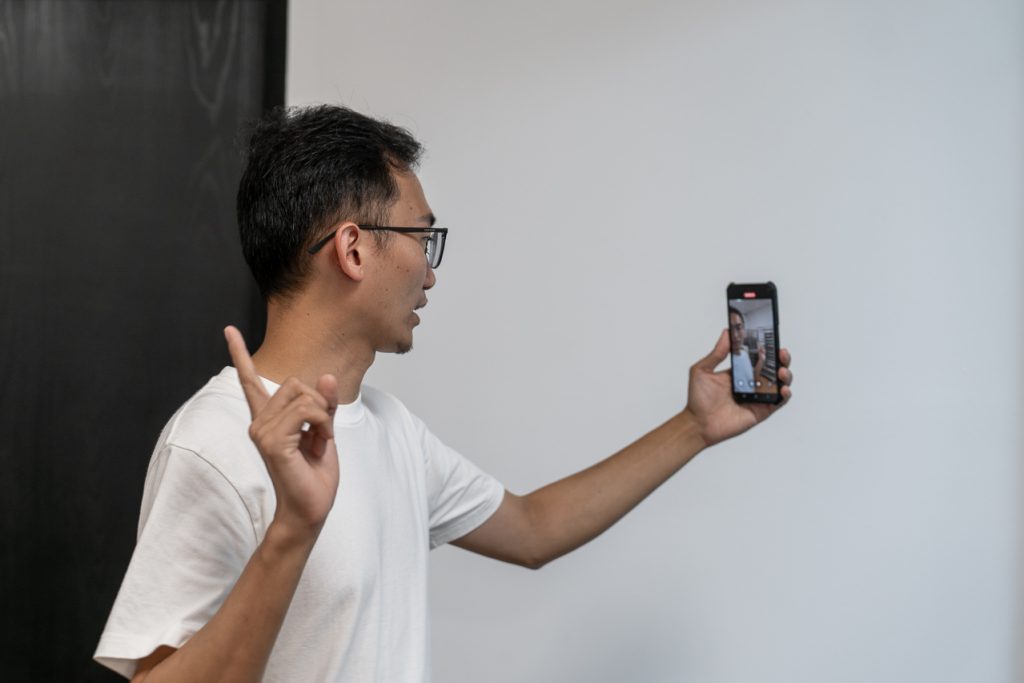
It’s easy to judge from the outside, but in today’s shaky global economy, any one of us could find ourselves one crisis away from financial ruin.
Some of the people who’ve reached out to him were victims of economic conditions; others were simply a case of wrong place, wrong time. Most never thought they’d ever land themselves in such dire financial straits.
Financial struggles can be incredibly isolating. Adams tells me sombrely that some of the people who reached out to him have confessed to having suicidal thoughts.
“They have no one to talk to. So when they see my account, they reach out and tell me they appreciate what I’ve been doing here.”
It’s that kind of impact that keeps him going, more than the likes or shares.
Beyond the Material
Adams is a fighter through and through; that much is clear.
“When I don’t feel like picking up the camera, I try to see life as a movie. For any movie to be good, there’s definitely a chapter where the main character is going through shit. I just tell myself that this is what’s going to make my movie good.”
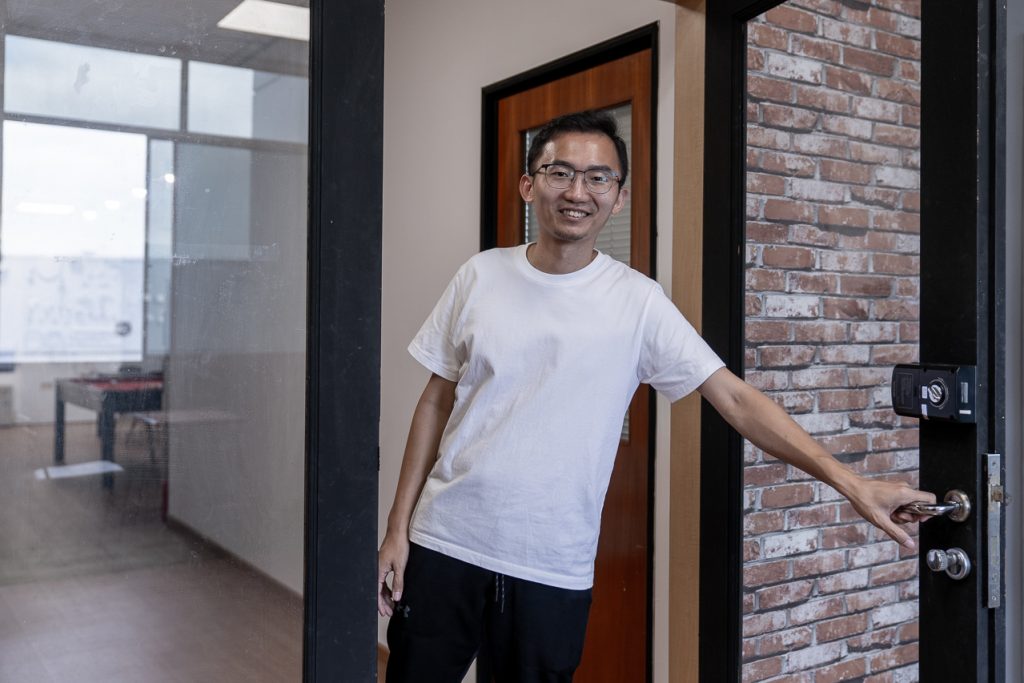
Singapore’s success stories tend to follow a script: grow, hustle, accumulate. Bankruptcy is the silent inverse of that arc—shameful, private, taboo. But Adams wants to change this narrative.
For now, despite the crushing debt hanging over his head, he’s trying to answer a question that few have the answer to: Imagine being stripped of all your money and material possessions. Who are you really?
“Success to me now is creating enough value that people remember me,” he says. “And not just making money, but having the time and freedom to enjoy it.”
He’s managed to show, at least, that complete and utter failure doesn’t have to destroy you. Bankruptcy doesn’t have to define a person’s worth.
No doubt, he still has a long way to go. The debts remain. The hustle continues. The mistakes that cost him and others thousands of dollars still hold a tight grip. But after paying the ultimate price by declaring bankruptcy, he feels it’s crucial to celebrate the small successes on the path to rebuilding his life, like creating a community for other bankrupt individuals.
He dreams of a future where he can do volunteer work, charity, and travel without worrying about money anymore. But for now, there’s still a $240,000 hurdle to clear and a thousand more apologies to make to the people he owes.
The road to zero is long. But for Adams, it’s also the road to becoming himself.
Editor’s Note: Article updated to add more context on his failed ventures and past associations.
Helplines in Singapore
Samaritans of Singapore (SOS) Crisis Helpline
Call: 1-767
Institute of Mental Health Helpline
Call: 6389 2222
National Care Hotline
Call: 1800 202 6868
Singapore Association of Mental Health (Toll-Free Counselling Hotline)
Call: 1800 283 7019
ec2 online counselling
Visit: www.ec2.sg
CHAT
Visit: www.chat.mentalhealth.sg
Limitless
Visit: www.limitless.sg
Care Corner Insight
Visit: www.carecorner.org.sg/insight

